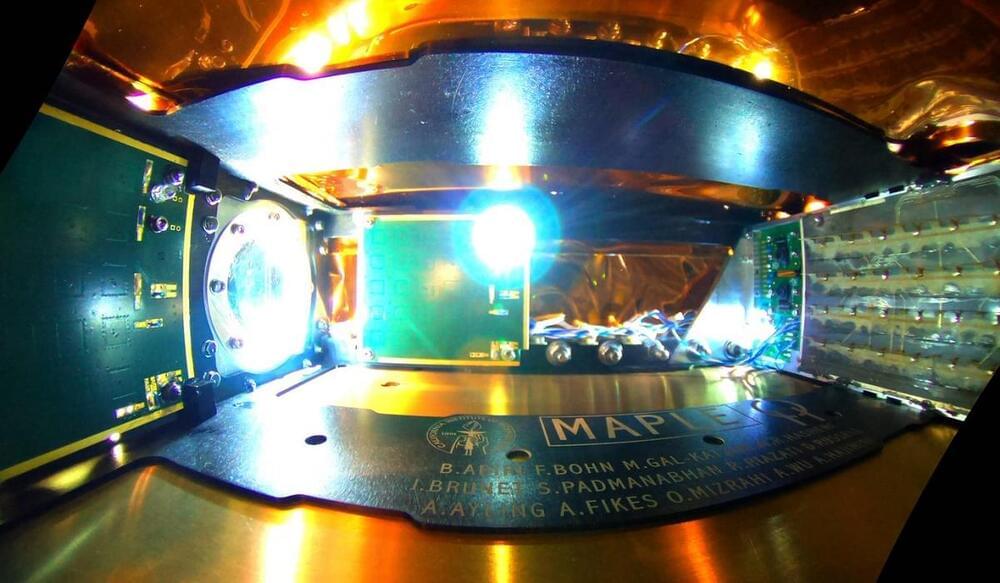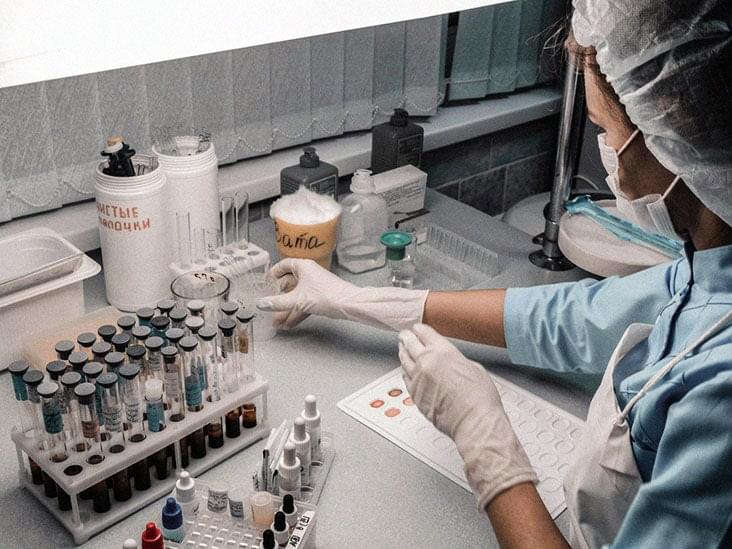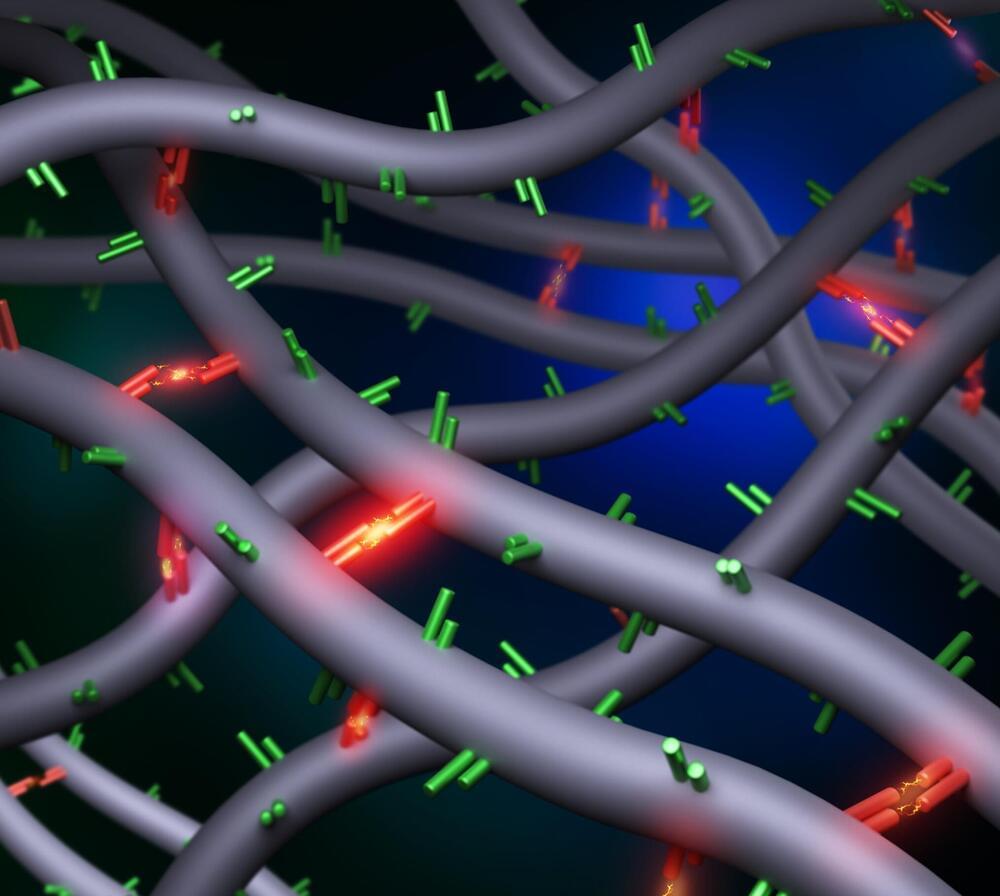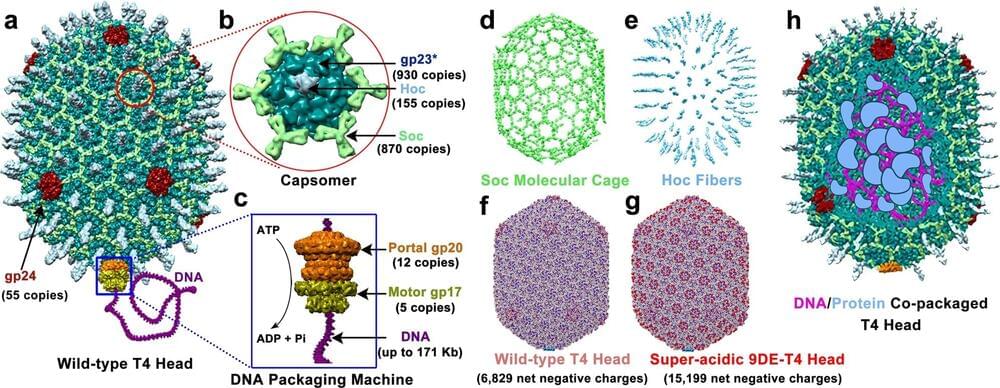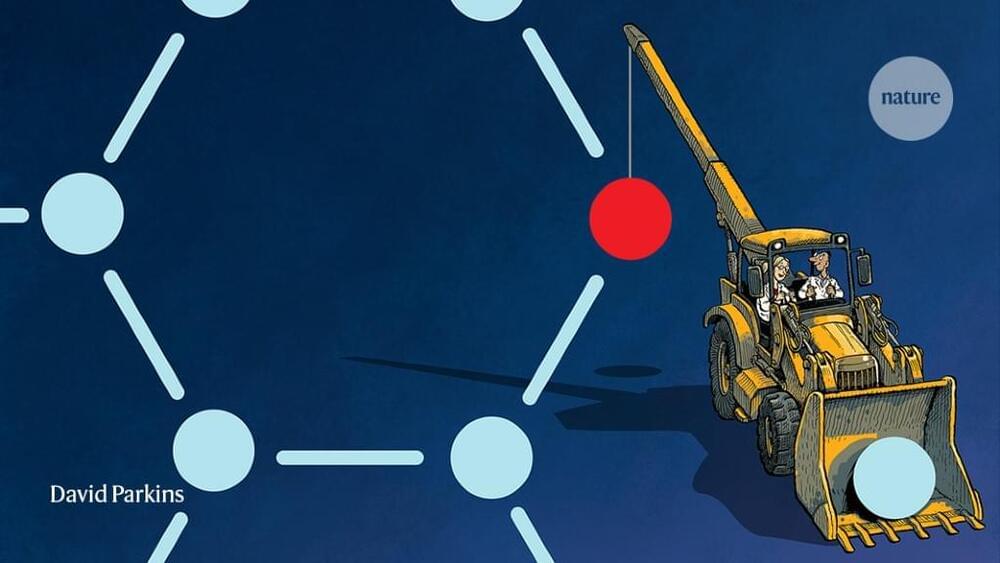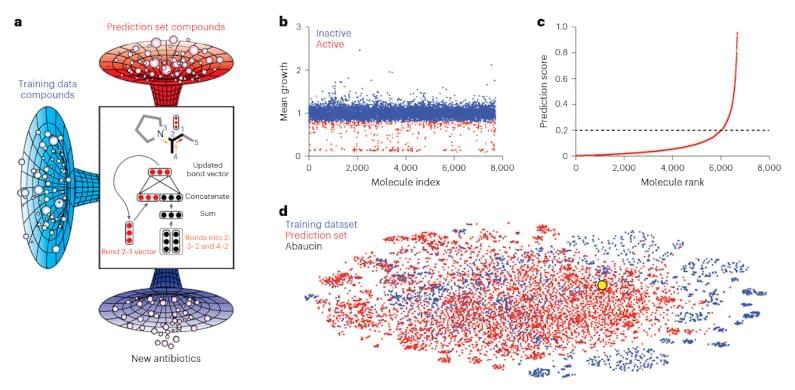Jun 3, 2023
Life in a Space Colony, ep3: Early Interstellar Colonies
Posted by Dan Breeden in category: space travel
This episode concludes a three-part series focusing more on the specifics of colonization including the human aspect of it. Today we journey to the Tau Ceti System after a 120 year voyage to join our colonists in the early days of the colony.
Visit our Website: http://www.isaacarthur.net.
Join the Facebook Group: https://www.facebook.com/groups/1583992725237264/
Support the Channel on Patreon: https://www.patreon.com/IsaacArthur.
Visit the sub-reddit: https://www.reddit.com/r/IsaacArthur/
Listen or Download the audio of this episode from Soundcloud: https://soundcloud.com/isaac-arthur-148927746/life-in-a-space-colony-episode-3
Cover Art by Jakub Grygier: https://www.artstation.com/artist/jakub_grygier


